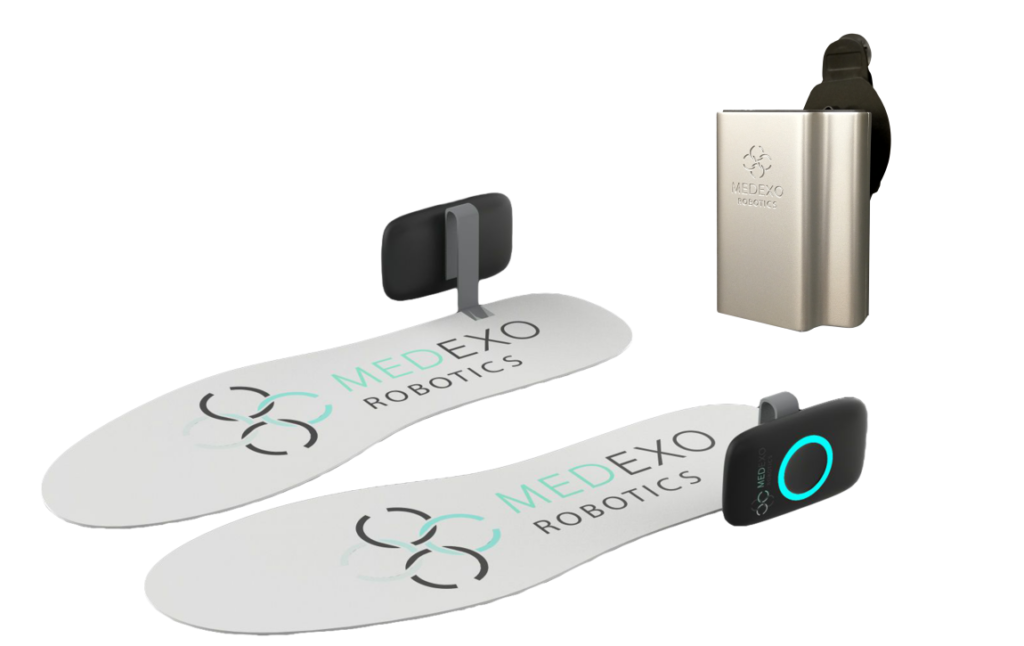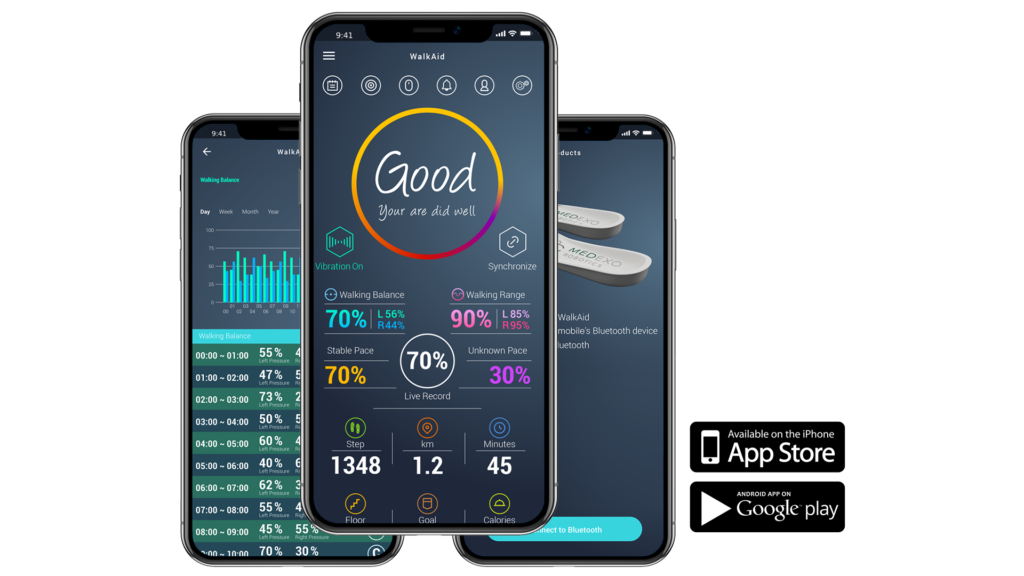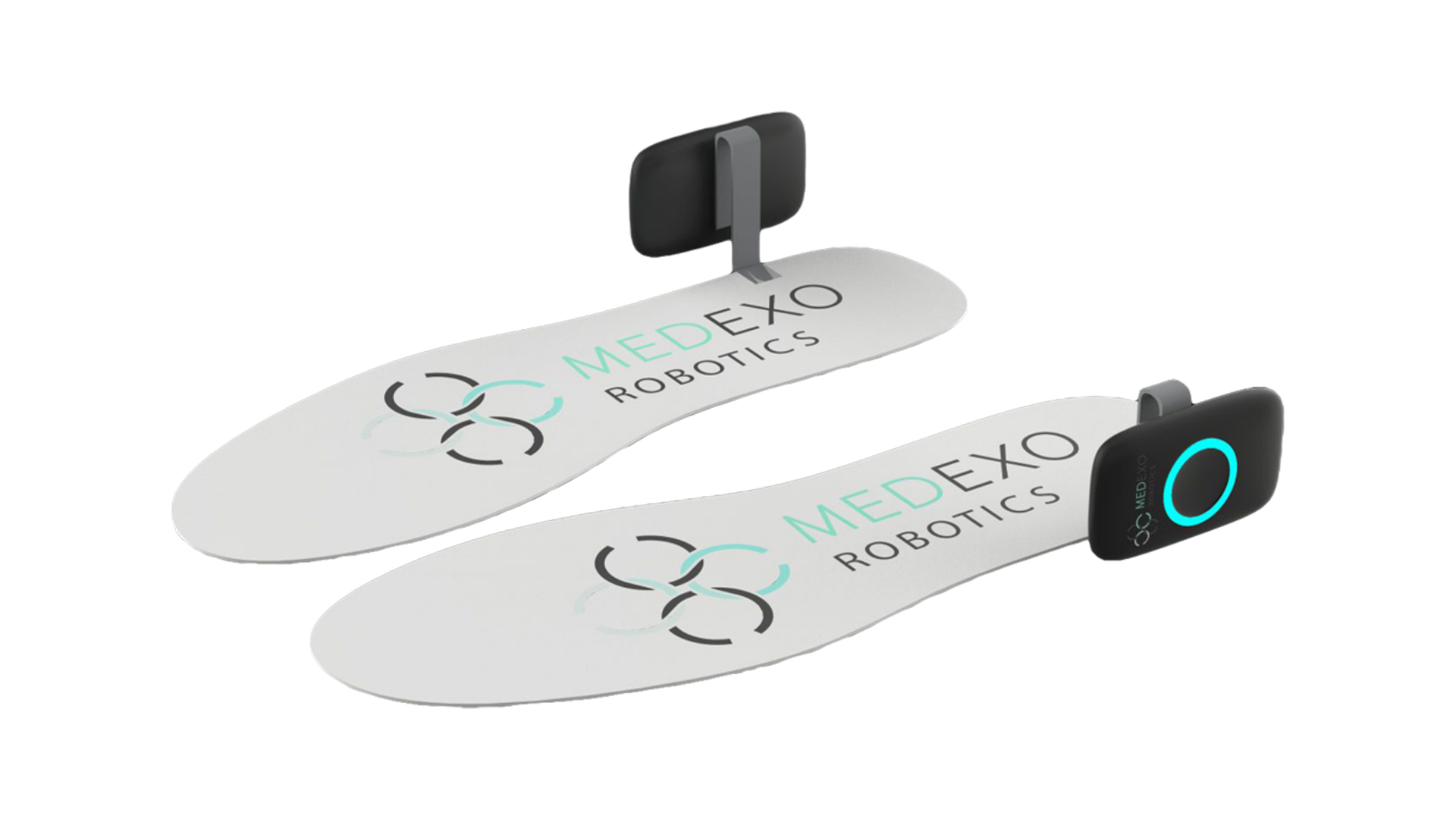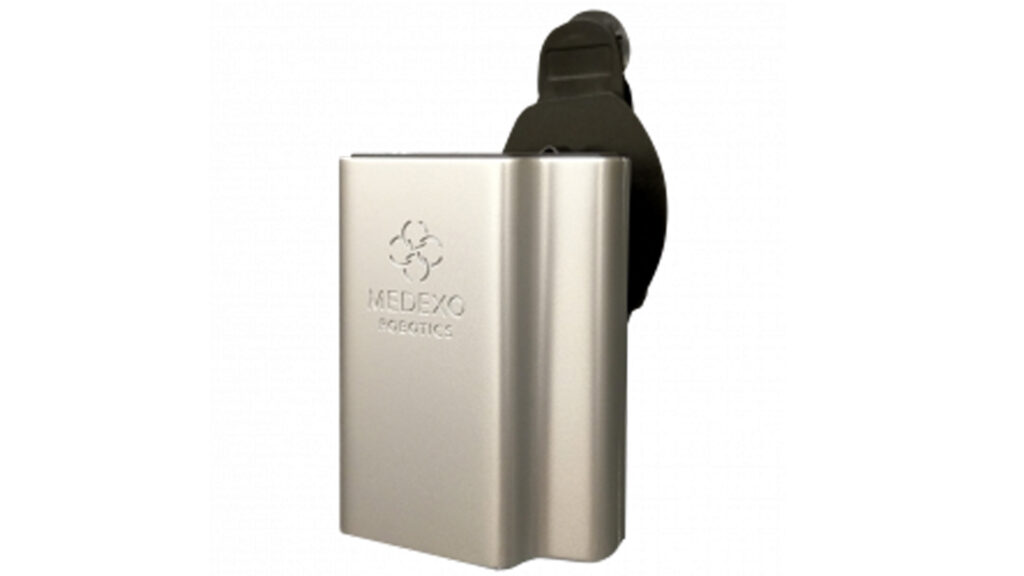Re-equip to Re-activate
the affordable, comfortable, socially-inclusive wearable device


Wearable device for
 Parkinson’s disease
Parkinson’s disease
Our current product is a walking aid system especially targeting Parkinson’s disease. Patients with freezing gait, who find it difficult to start walking, turning and crossing narrow spaces. The system has three components. One laser device provides a visual cue, a pair of insoles provides tactile cue and an app for setting and data visualization. It helps the user maintain stable gait and balance.
 Motion Data Tracking System
Motion Data Tracking System
Motion Data Tracking System will use Bluetooth to receive patient’s walking data at WalkAid, and use the accumulated data to analyze the progress of the patient’s health.

Vibration Tactile Cue
Shaking prompts patient to perform normal pace

Laser Visual Cue
With smart light intensity auto-tune system
 What’s Parkinson’s Disease
What’s Parkinson’s Disease
Parkinson’s disease (PD) is a long-term degenerative disorder of the central nervous system that mainly affects the motor system. There are 10 million Parkinson’s disease patients globally. Parkinson’s disease has become the “third killer” among middle-aged and elderly people. About two-thirds of the patients have gait freezing phenomenon, causing frequent disturbances and greatly affecting their daily life.
 Freezing of Gait
Freezing of Gait
Freezing of gait (FoG) is a mobility problem where walking becomes hesitant and may cease entirely. FoG affects approximately 26% of patients with mild Parkinson’s disease and 80% with severe Parkinson’s disease. It is a common reason for falling accidents and dependency. It likely occurs in the under situations including turning, starting to walk, approaching a destination, narrow spaces such as doorways or lavatories and stressful, rushed situations such as hearing a knock at the door or when an elevator door opens. It may also appear unpredictably without any external trigger. Patients are less confident and less willing to go outdoors. Some patients may have to use wheelchair although their legs can move, hence reducing their quality of life. Currently, no drugs can effectively alleviate the phenomenon of gait freezing.
